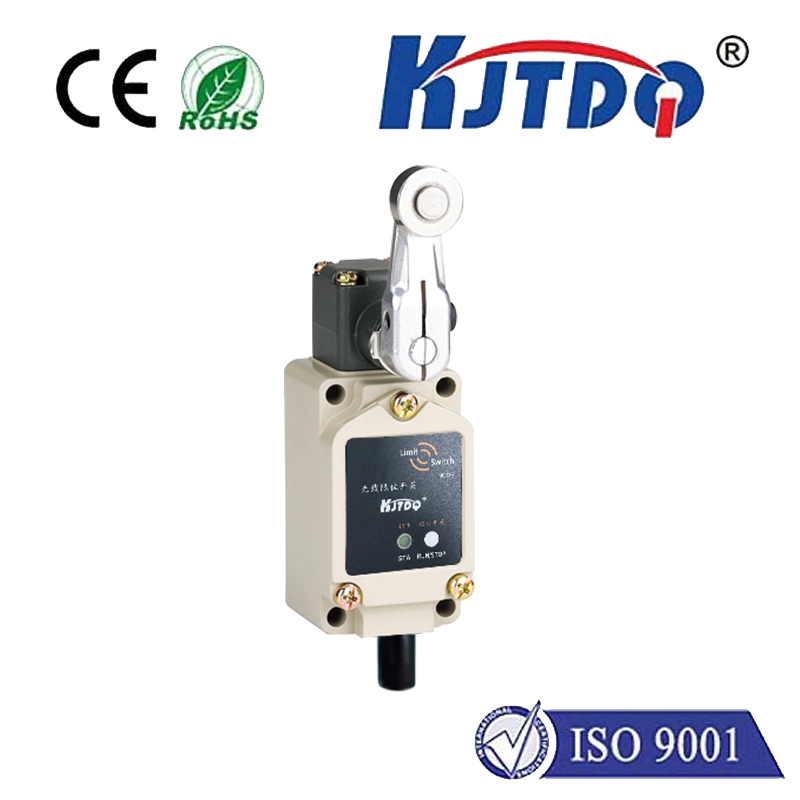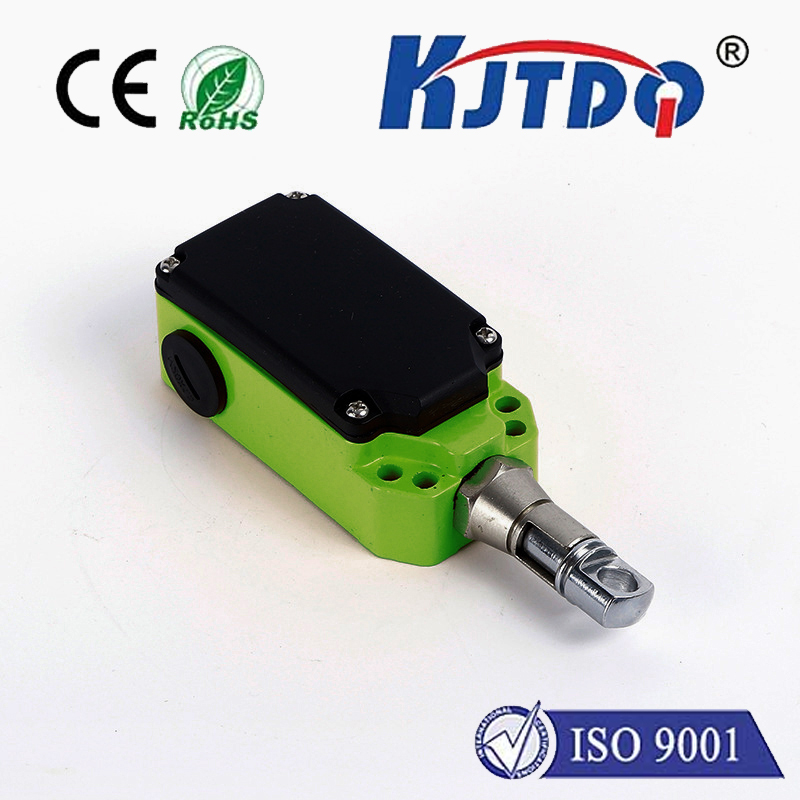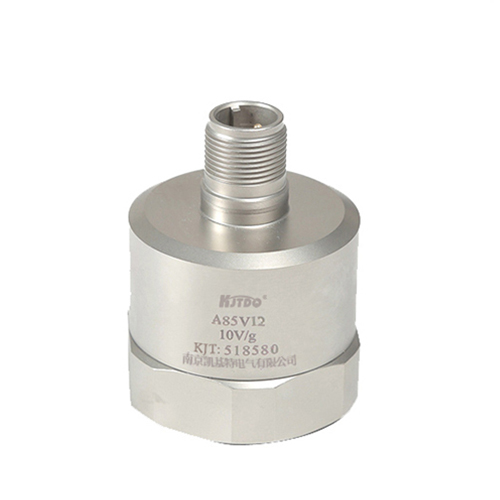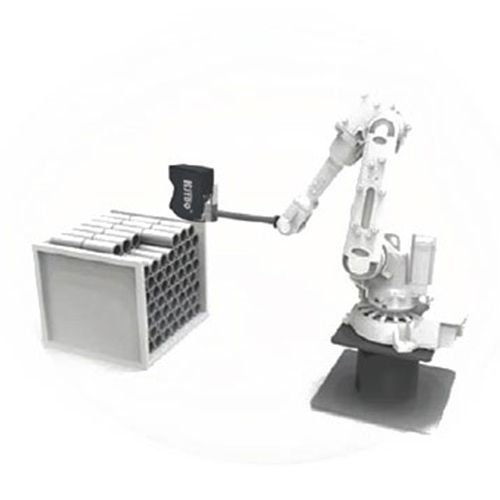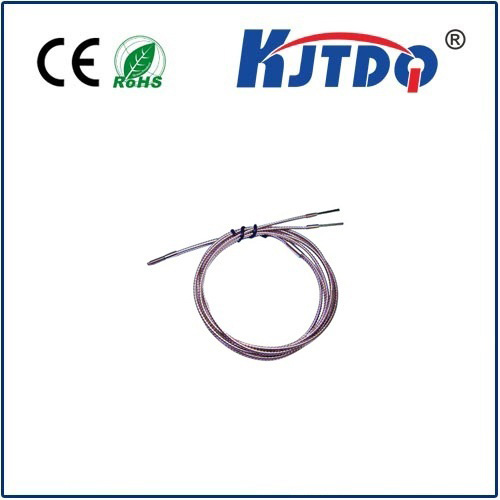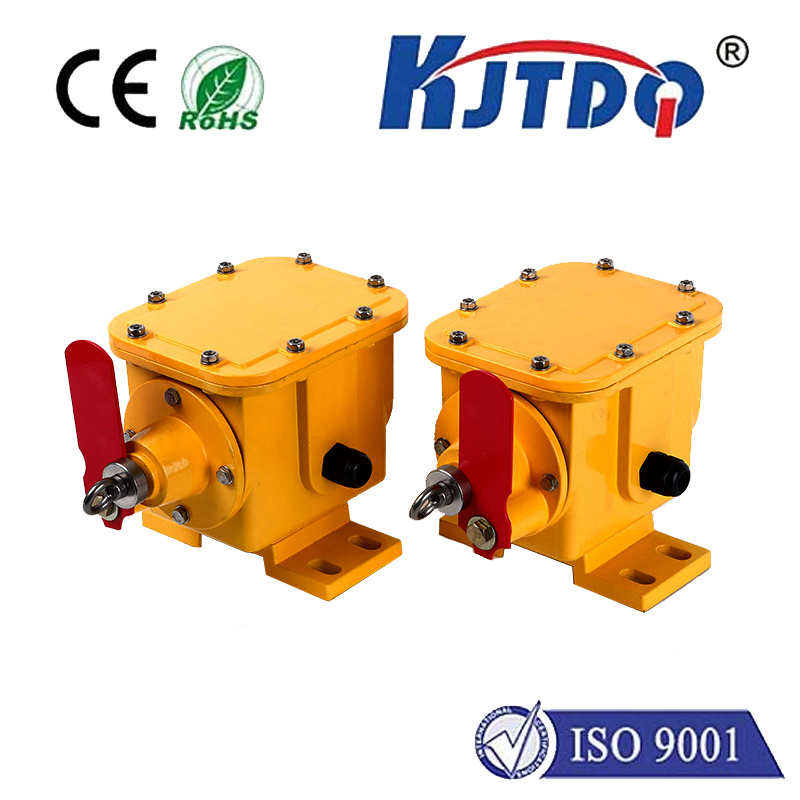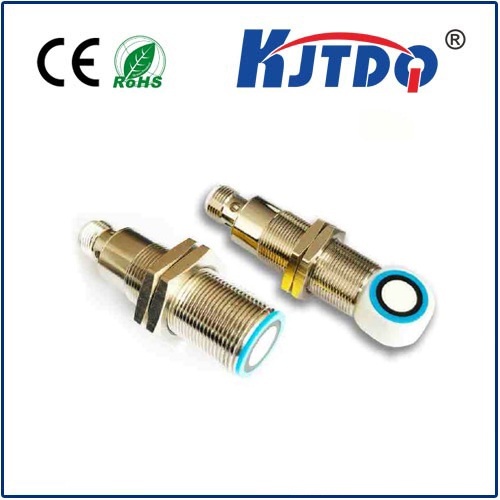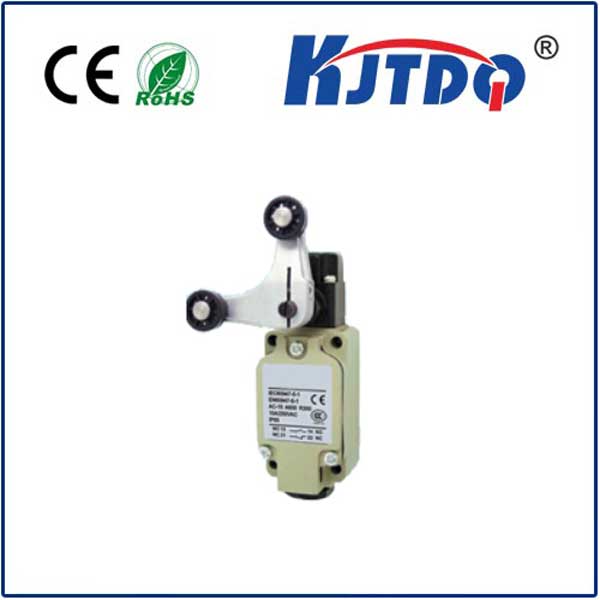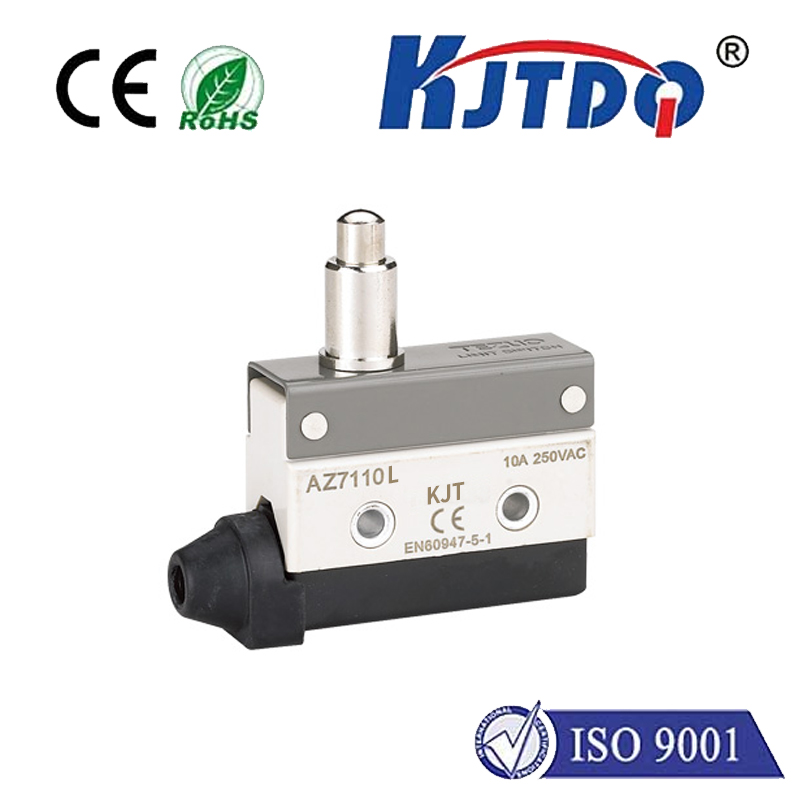

check

check

check

check

check

check

check

check

check

check
Capacitive Proximity Sensor: A Game-Changer in the World of Technology
In the ever-evolving landscape of technology, the capacitive proximity sensor has emerged as a game-changer, revolutionizing the way we interact with electronic devices. This small yet powerful device has the ability to detect and measure the distance between two objects or surfaces, without the need for any physical contact. In this article, we will delve into the working principle of capacitive proximity sensors, their various applications, and how they are transforming the world we live in.
Section 1: The Working Principle of Capacitive Proximity Sensors
Capacitive proximity sensors work on the principle of capacitance. When two different materials are placed close to each other, an electric field is created between them. This field causes electrons to accumulate in one material and deplete in the other, resulting in a difference in capacitance. By measuring this difference in capacitance, the sensor can determine the distance between the two materials.
The most common type of capacitive proximity sensor is the PZT (piezoelectric zinc tin oxide) sensor. This type of sensor uses a tiny piezoelectric crystal, which vibrates when an electrical signal is applied to it. The vibration caused by the crystal changes the capacitance between its electrodes, allowing the sensor to determine the distance between the objects.
Section 2: Applications of Capacitive Proximity Sensors
The applications of capacitive proximity sensors are vast and varied, ranging from consumer electronics to industrial automation. Some of the most popular applications include:
1. Smartphones: Capacitive proximity sensors are used in smartphones to enable features such as touchless gestures, fingerprint recognition, and even phone calls by merely tapping on screens.
2. Automobiles: Capacitive proximity sensors are used in vehicles for safety features such as automatic door locks, parking assistance, and collision avoidance systems. They can also be used to measure tire pressure and monitor battery levels.
3. Industrial Automation: Capacitive proximity sensors are widely used in industrial automation for process control, machine monitoring, and object detection. They can be used to detect obstacles, prevent damage to machines, and even monitor employee health and well-being.
4. Medical Devices: Capacitive proximity sensors are used in medical devices for non-invasive procedures such as blood pressure measurement, glucose monitoring, and heart rate monitoring. They can also be used to detect falls and other emergencies in elderly care facilities.
5. Home Automation: Capacitive proximity sensors are used in home automation systems to enable features such as lighting control, temperature regulation, and security systems. They can be used to detect when doors and windows are open and alert homeowners accordingly.
Section 3: The Future of Capacitive Proximity Sensors
As technology continues to advance, the potential applications of capacitive proximity sensors are limitless. The development of smaller, more energy-efficient sensors, as well as increased integration with other technologies such as artificial intelligence and machine learning, promise to make these sensors even more powerful and versatile. It is likely that we will see continued growth in industries such as healthcare, transportation, and manufacturing, as businesses look for ways to improve efficiency and reduce costs using capacitive proximity sensors.
Conclusion:
In conclusion, the capacitive proximity sensor has emerged as a revolutionary technology that is changing the way we interact with electronic devices. From smartphones to industrial automation systems, this small but powerful device has countless applications that promise to make our lives easier and more convenient. As technology continues to advance, we can expect to see even more exciting developments in this field, making capacitive proximity sensors an essential component of our lives in the years to come.
